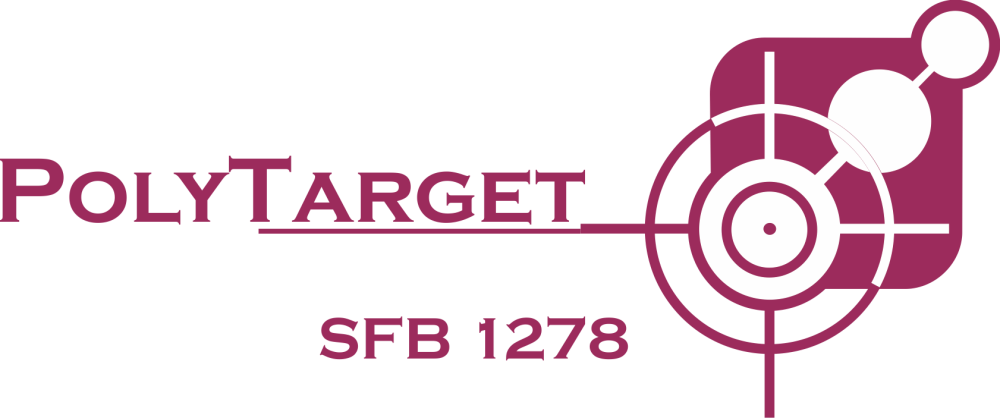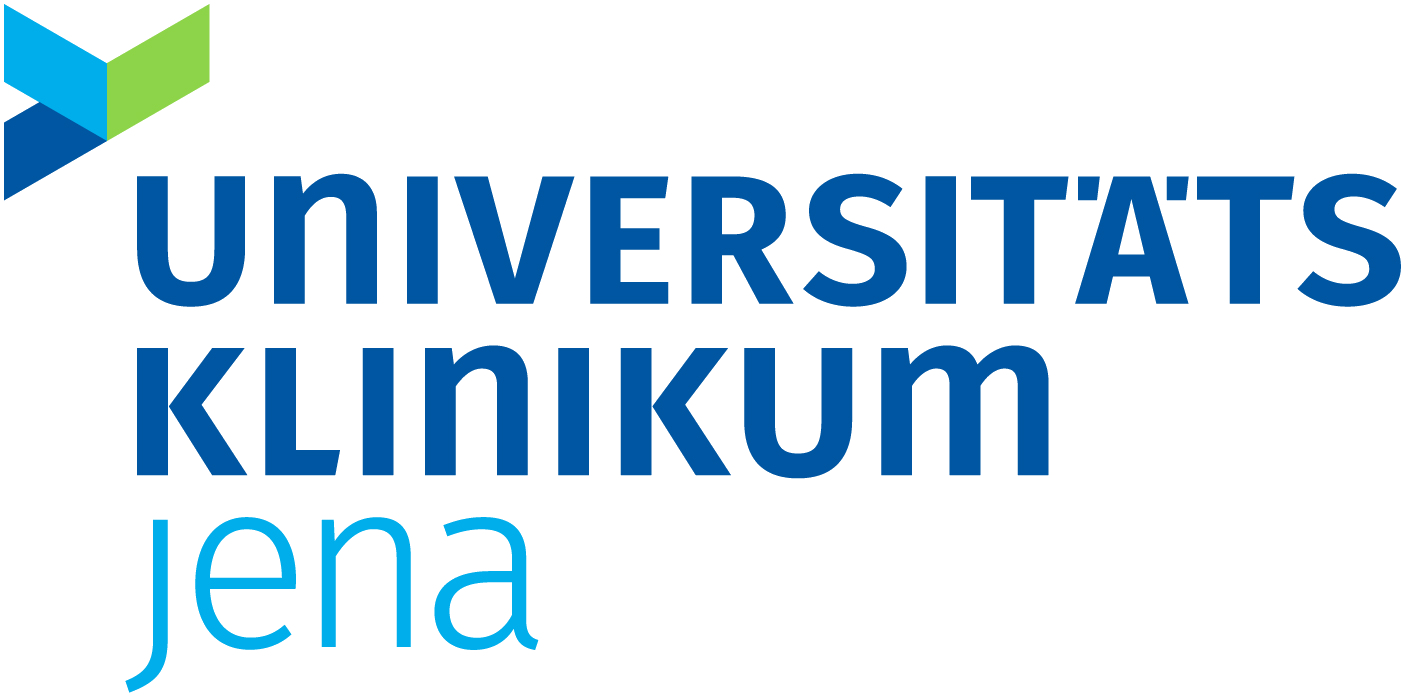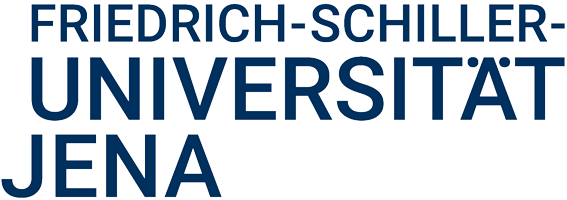PolyTarget

Collaborative Research Center
Runtime: 01.07.2017 - 30.06.2021
In the collaborative research center POLYTARGET, polymer-based nanoparticulate carrier materials are to be developed for the targeted application of active pharmaceutical ingredients. The focus will be on systems that are suitable for the therapy of diseases and syndromes whose morbidity is significantly characterized by an inflammatory reaction. With the help of systematic particle libraries, structure-property relationships of polymers or nanoparticles and their biological effect will be determined. New functional polymers will be developed for the nanoparticles (e.g. polyesteramides, polyketals, functionalized polysaccharides, cationic polymers), tailored to fit the anti-inflammatory agent to be included (both known and new) and the desired mode of release (CORE projects). To increase circulation time in the body and minimize unwanted interactions with proteins, the nanoparticles can be functionalized with so-called “stealth” polymers (e.g., poly(ethylene oxide), poly(2-oxazoline)e). Cell specificity is achieved by active or passive targeting through the coupling of antibodies, peptides or other molecules with specific recognition structures. For diagnostics, suitable dyes are included in or covalently attached to the carrier materials (SHELL projects). In the MEDIUM projects in particular, the nanoparticles are investigated in detail for their physicochemical properties and their biological / pharmaceutical suitability – also taking physiological conditions into account – in in vitro and in vivo models. For this purpose, already established techniques are used; however, new methods are also developed in order to identify suitable formulations for nanomedicine in the long term. Close collaborations within the multi- and interdisciplinary consortium with participants from chemistry, materials science, biology, pharmacy and medicine provide unique conditions to transfer the findings from basic research into applications.
IPHT: The aim of the project is to realize core-shell corona nanostructures for a spatially and temporally controlled release of active substances. For this purpose, the project makes use of amphiphilic ABC triblock terpolymers, which form such nanostructures in aqueous solution by self-assembly processes. The structure and chemical composition of the particle compartments is chosen in such a way that a chemical upconversion of light can take place in the core by triplet-triplet annihilation. The upconverted light then activates the photoacids introduced into the shell, which in turn then causes the particles to swell. The synthetic work of the project is completed by systematic spectroscopic and mechanical studies of the particle properties.
The project is funded by the DFG grant under the number SFB 1278 (PolyTarget) and co-financed by the project management organization DFG-CRC-SFB.
Partners





